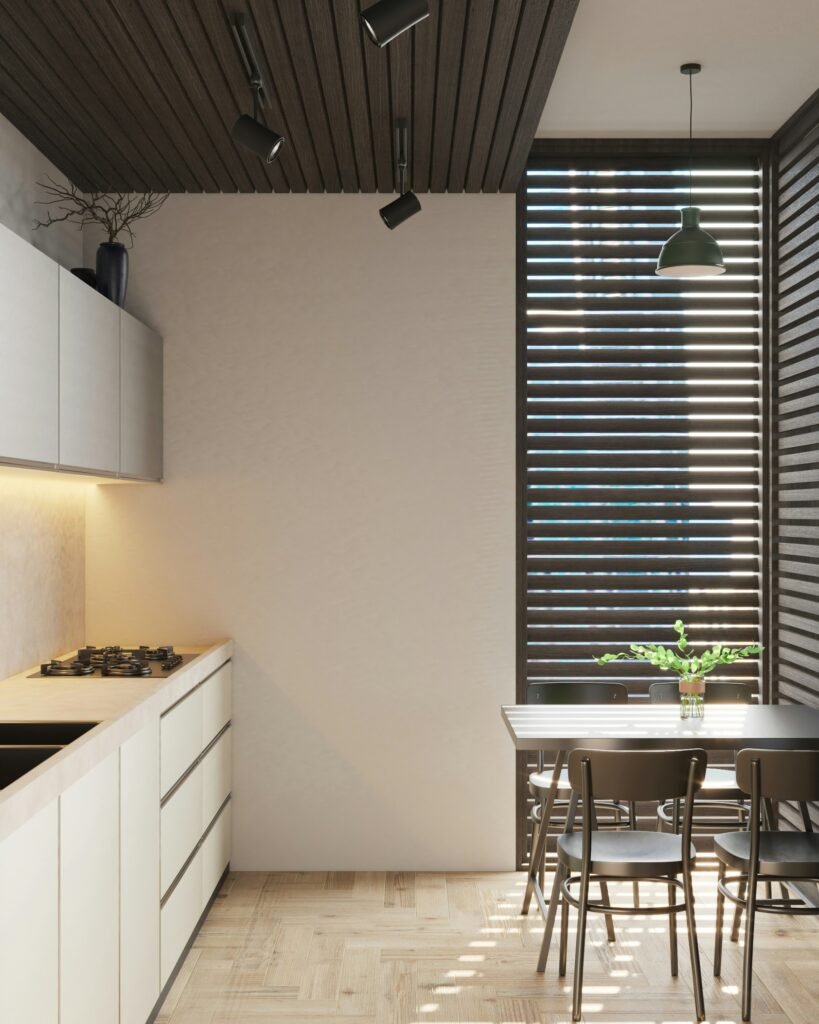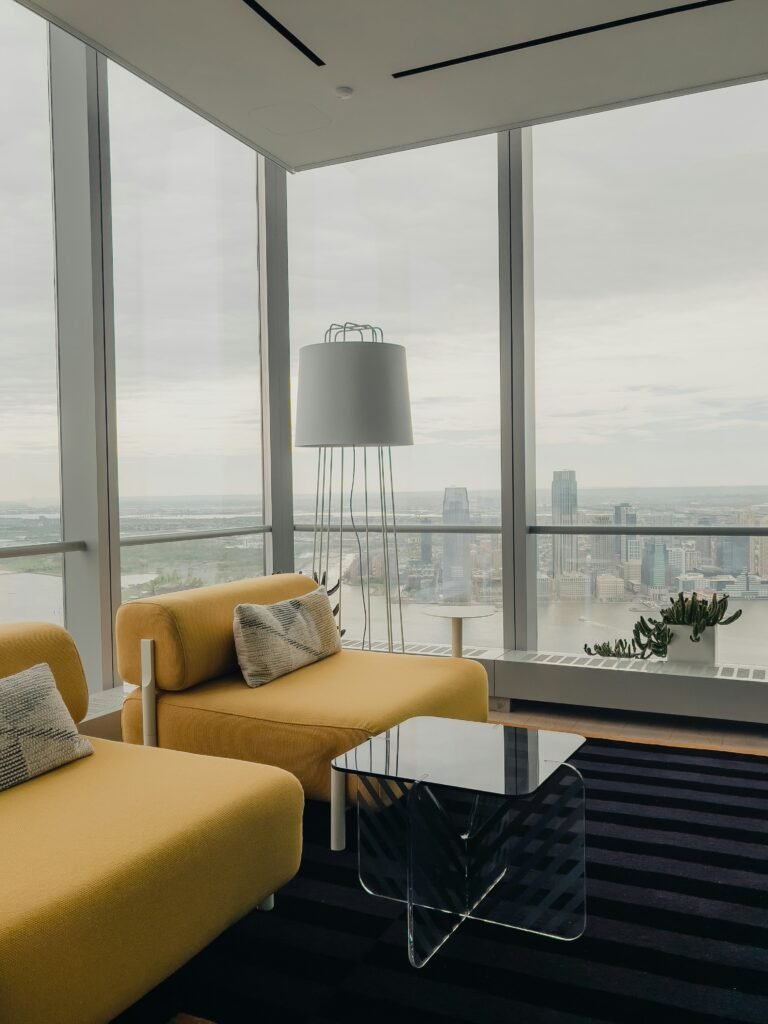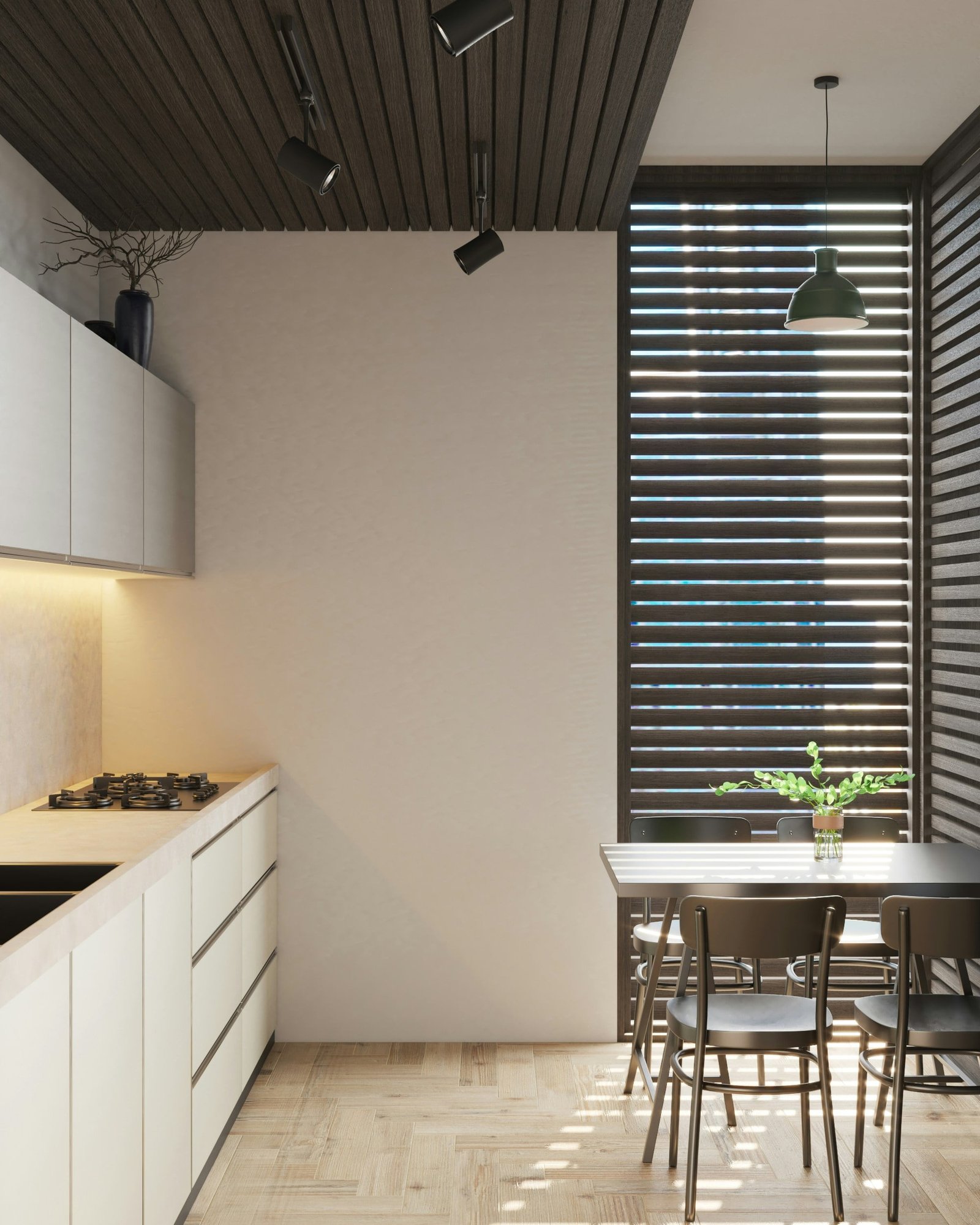Imagine the tantalizing smell of sizzling burgers and juicy steaks wafting through the air, filling your home with the mouthwatering aroma of a summer cookout. But wait, can you really bring the outdoor grilling experience inside? The question of whether barbeque grills can be used indoors has sparked a sizzling debate among food enthusiasts and safety experts alike. In this article, we will explore the possibilities and potential risks associated with indoor grilling, leaving you with a perfectly seared understanding of whether your cravings can be satisfied indoors.
Understanding the Basics of Barbeque Grills
Types of Barbeque Grills
When it comes to barbeque grills, there are several types to choose from. The most common ones are charcoal grills, gas grills, and electric grills. Charcoal grills are loved for their smoky flavor, but require more time and effort to use. Gas grills, on the other hand, offer convenience and control over temperature. Lastly, electric grills are easy to use and maintain, making them a great option for indoor grilling.
How Outdoor Grills Work
Outdoor grills function by utilizing a heating element, whether it is charcoal, gas, or electric, to cook food. Charcoal grills use heated charcoal briquettes to generate heat and produce smoke, which infuses the food with a distinct flavor. Gas grills, on the other hand, rely on propane or natural gas to create heat. Electric grills, as the name suggests, use an electric heating element to cook the food. Each type of outdoor grill has its own unique way of cooking and imparting flavors to the food.
Key Differences Between Indoor and Outdoor Grills
While outdoor grills are designed specifically for outdoor use, indoor grills are meant to be used in the comfort of your own kitchen. The key differences between the two lie in their construction and ventilation systems. Outdoor grills are built to withstand the elements and often have larger cooking areas. They also have built-in ventilation systems to help dissipate smoke and odors. Indoor grills, on the other hand, are typically smaller in size and have features that cater to indoor cooking, such as smokeless technology and grease traps.
Safety Concerns of Using Barbeque Grills Indoors
The Risk of Carbon Monoxide Poisoning
One of the biggest safety concerns of using barbeque grills indoors is the risk of carbon monoxide poisoning. Carbon monoxide (CO) is a colorless and odorless gas that can be produced when burning fuels such as charcoal or gas. When indoor grilling is not properly ventilated, this gas can accumulate and pose serious health risks. Symptoms of carbon monoxide poisoning can range from mild headache and dizziness to more severe symptoms like confusion and loss of consciousness. It is important to prioritize ventilation when using a barbeque grill indoors to prevent carbon monoxide buildup.
Potential Fire Hazards
Another safety concern when using barbeque grills indoors is the risk of fire hazards. Grease and fat from the food being cooked can drip onto the hot grates or heating elements, leading to flare-ups and potentially igniting a fire. It is crucial to have a fire extinguisher nearby and to never leave an indoor grill unattended while in use. Additionally, it is recommended to keep flammable materials, such as kitchen towels or curtains, away from the grill to minimize the risk of fire.
Disadvantages of Inadequate Ventilation
Inadequate ventilation when using barbeque grills indoors can have several disadvantages. Apart from the risk of carbon monoxide poisoning, poor ventilation can result in a buildup of smoke and odors in the kitchen. This can make the indoor environment uncomfortable and unpleasant. It is important to have proper ventilation systems in place, such as range hoods or exhaust fans, to remove smoke and odors effectively.
Risk of Grease Accumulation and Fire
When using barbeque grills indoors, there is a higher risk of grease accumulation. Without proper ventilation and smoke extraction, grease particles can get trapped in the air and settle on surfaces, leading to a potential fire hazard. Regular cleaning and maintenance of both the grill and the surrounding area is essential to minimize the risk of grease-related fires. Grease traps or drip pans are commonly found in indoor grills and should be emptied and cleaned regularly to prevent grease buildup.

Impact on Indoor Air Quality
Smoke and Odor Issues
Using barbeque grills indoors can have a significant impact on indoor air quality, primarily due to the production of smoke and odors. Smoke generated during indoor grilling can cause irritation to the eyes, nose, and throat, especially for individuals with respiratory conditions such as asthma. The lingering smell of food can also permeate throughout the house, which may be undesirable for some individuals. Proper ventilation, such as opening windows or using exhaust fans, can help mitigate these issues and improve indoor air quality.
Air Quality Deterioration
The smoke produced during indoor grilling contains various pollutants such as carbon monoxide, volatile organic compounds (VOCs), and particulate matter. These pollutants can contribute to poor indoor air quality and have negative effects on your health. Inhaling high levels of carbon monoxide can lead to headaches, dizziness, and even carbon monoxide poisoning. VOCs, found in smoke and fumes, can cause irritation to the respiratory system and contribute to the development or exacerbation of respiratory conditions. It is important to take precautions and ensure proper ventilation while grilling indoors to minimize the impact on indoor air quality.
Need for Effective Air Filtration
To combat the negative effects on indoor air quality caused by indoor grilling, effective air filtration systems can be employed. Air purifiers with activated carbon filters or HEPA filters can help remove smoke particles, odors, and other pollutants from the air. Additionally, proper maintenance of ventilation systems, regular cleaning of filters, and ensuring a clean cooking environment can further help improve indoor air quality when using barbeque grills indoors.
Legal Restrictions and Building Codes
Regulation on Indoor Use of Grills
Before deciding to use a barbeque grill indoors, it is important to be aware of any regulations or restrictions in your area regarding indoor grilling. Some jurisdictions may have specific guidelines or outright bans on the use of certain types of grills indoors due to safety concerns. It is advisable to check with local authorities or building codes to ensure compliance and to prioritize safety.
Understanding Building Codes and Fire Safety Guidelines
When incorporating an indoor grill into your home, it is crucial to understand and adhere to building codes and fire safety guidelines. These regulations are in place to ensure the safety of occupants and to prevent fire hazards. Building codes may specify requirements for proper ventilation systems, fire suppression equipment, or the distance between the grill and flammable materials. By understanding and following these guidelines, you can minimize the risk of accidents and create a safe environment for indoor grilling.

What Experts Say About Indoor Grilling
Expert Opinions on Indoor Grilling
Experts have varying opinions on the safety and practicality of indoor grilling. Some argue that, with proper ventilation and safety precautions, indoor grilling can be done safely. They stress the importance of selecting the right type of grill for indoor use and having adequate ventilation systems in place. Others, however, strongly advise against using barbeque grills indoors due to the inherent risks associated with carbon monoxide poisoning, fire hazards, and air pollution.
Alternative Suggestions
For those who are concerned about the safety risks and air quality impact of indoor grilling, there are alternative cooking methods that can replicate the flavors of outdoor barbeque grills. Using a cast-iron skillet on the stove, roasting in the oven, or broiling can achieve similar results without the need for an actual grill. These methods provide a safer and more controlled environment for cooking indoors while still delivering delicious results.
Alternatives to Traditional Barbeque Grills for Indoor Use
Electric Grills
Electric grills are a popular choice for indoor grilling due to their ease of use and convenience. These grills heat up quickly and allow for precise temperature control. They are also typically designed with safety features such as automatic shut-offs and detachable heating elements for easy cleaning. Electric grills are a great option for those who want to enjoy grilled food indoors without the need for an open flame or charcoal.
Stove Top Grills
Stove top grills, also known as grill pans or griddles, are another alternative for indoor grilling. These versatile pans can be used on both gas and electric stoves and provide the coveted grill marks and flavors. Grill pans are typically made of cast iron or aluminum and have ridges that help to channel away excess fats and oils. They are a suitable option for individuals who want the taste of grilled food without the need for specialized equipment.
Contact and Panini Grills
Contact grills, often referred to as panini grills, are compact countertop appliances that can quickly cook a variety of foods. These grills work by pressing the food between two heated plates, providing even heat distribution and allowing for the flavors to be sealed in. While contact grills may not replicate the same smoky flavors as traditional barbeque grills, they offer a convenient and efficient way to grill indoors, especially for sandwiches and smaller cuts of meat.
Oven Broiling
Oven broiling is an easy and accessible method of indoor grilling. By placing the food on a broiling pan and setting the oven to the broil setting, heat is applied from the top, similar to outdoor grilling. This method allows for quick cooking and the caramelization of flavors, although it may not replicate the same smoky taste as traditional grilling. Oven broiling is suitable for a wide range of foods, from vegetables to meats, and can be done without the need for any additional equipment.

How to Use Indoor Grills Safely
Proper Placement and Spacing
When using indoor grills, it is important to ensure proper placement and spacing. Keep the grill away from flammable materials, such as curtains or kitchen towels, and ensure there is enough space for heat to dissipate and for proper airflow. Follow the manufacturer’s instructions regarding clearance requirements and maintain a safe distance from walls or other surfaces to prevent heat damage.
Effective Control of Heat
Controlling the heat is crucial when using indoor grills. Familiarize yourself with the temperature settings of your grill and adjust accordingly to avoid overheating. Keep an eye on the food while grilling and adjust the heat as needed. This will help prevent flare-ups and reduce the risk of burning or undercooking your food.
Timely Cleaning and Maintenance
Regular cleaning and maintenance of your indoor grill is essential for safe and efficient operation. Clean your grill after each use, removing any food residue or grease buildup. Depending on the type of grill, you may need to clean the grates, drip tray, or heating elements. Refer to the manufacturer’s instructions for specific cleaning guidelines. Taking the time to properly maintain your grill will ensure its longevity and reduce the risk of grease-related fire hazards.
Selecting the Appropriate Indoor Grill
Choosing the Right Size
When selecting an indoor grill, consider the available space in your kitchen and the amount of food you typically cook. Smaller grills are suitable for individuals or small families, while larger grills with multiple burners or cooking surfaces are better for larger gatherings or those who enjoy entertaining. Measure your countertop or designated grilling area to ensure the grill will fit comfortably without obstructing other appliances.
Features and Specifications to Look For
Consider the features and specifications that are important to you when choosing an indoor grill. Some grills offer adjustable temperature controls, removable grates for easy cleaning, or additional accessories such as griddle plates or smokeless technology. Determine your preferences and prioritize what is most important to you in terms of functionality, convenience, and safety.
How to Achieve the Outdoor Barbeque Flavor Indoors
Using Wood Chips for Smokey Flavor
To achieve the smoky flavor typically associated with outdoor grills, you can use wood chips when grilling indoors. Soaking the wood chips in water beforehand and adding them to the grill can create smoke that infuses the food with a distinct flavor. Experiment with different types of wood chips, such as hickory or mesquite, to find the flavor profile that best suits your taste.
Marinades and Rubs
Enhance the flavor of your indoor grilled food by using marinades and rubs. Marinades can be made with a combination of spices, herbs, oils, and acidic ingredients such as citrus or vinegar. Letting the meat marinate for a few hours or overnight allows the flavors to penetrate, resulting in a more flavorful dish. Rubs, on the other hand, are dry mixtures of spices and herbs that are applied directly to the meat before grilling. These seasonings can add depth and complexity to your indoor grilled dishes.
Slow Cooking and Searing Techniques
To replicate the flavors and textures of outdoor grilling, utilize slow cooking and searing techniques. Slow cooking allows the meat to cook evenly and retain its moisture, resulting in tender and flavorful dishes. After slow cooking, sear the meat on high heat to create a caramelized crust, adding depth and visual appeal to your indoor grilled dishes. These techniques help to recreate the flavors and textures often associated with outdoor barbeque grills.
Cooking Tips and Recipes for Indoor Grilling
Popular Recipes Adapted for Indoor Grilling
Indoor grilling opens up a world of possibilities when it comes to cooking delicious meals. Some popular recipes that can be adapted for indoor grilling include grilled vegetables, juicy burgers, tender steaks, flavorful kebabs, and even grilled desserts such as fruit skewers or grilled pound cake. Experiment with different recipes and ingredients to discover your favorite indoor grilled dishes.
Grilling Tips for Optimal Results
To achieve optimal results when indoor grilling, consider the following tips:
- Preheat the grill to ensure even cooking.
- Oil the grill grates or use non-stick cooking spray to prevent sticking.
- Avoid overcrowding the grill to allow for proper heat circulation.
- Use an instant-read thermometer to ensure meat reaches the desired internal temperature.
- Let cooked meat rest before cutting to retain juices and tenderness.
- Experiment with different marinades, rubs, and seasonings to enhance the flavor of your dishes.
- Keep a close eye on the food while grilling to avoid overcooking or burning.
By following these tips and recipes, you can master the art of indoor grilling and enjoy flavorful meals all year round.
In conclusion, while barbeque grills can be used indoors with proper safety precautions and ventilation, there are inherent risks associated with indoor grilling, such as carbon monoxide poisoning, fire hazards, and air pollution. It is important to be aware of these risks and to take appropriate measures to ensure the safety of yourself and your household. If you decide to use a barbeque grill indoors, alternatives such as electric grills, stove top grills, contact grills, or oven broiling can be considered. With the right equipment, techniques, and recipes, you can achieve the flavors and textures traditionally associated with outdoor barbeque grills in the comfort of your own home.

